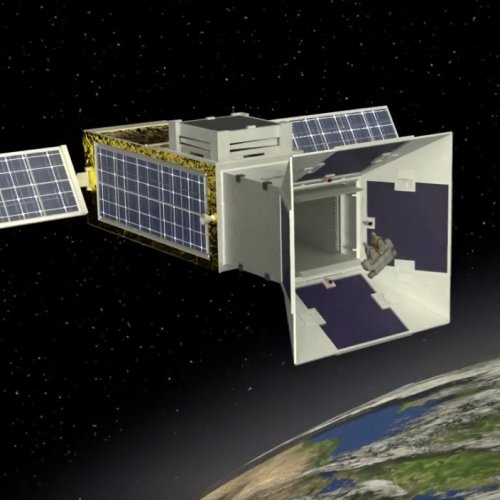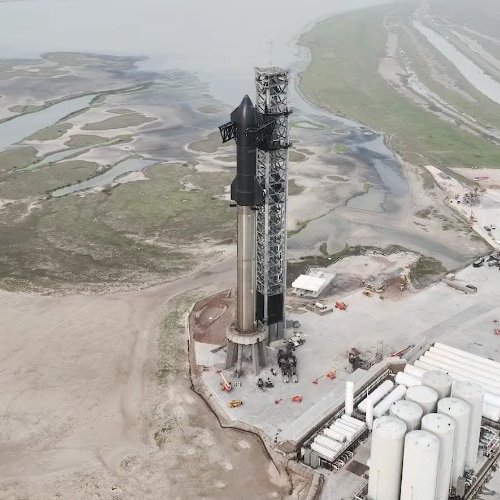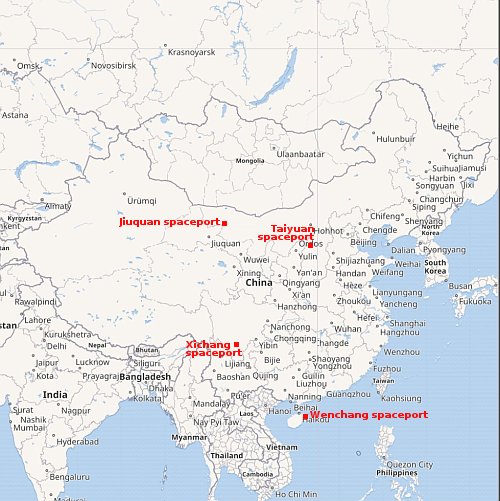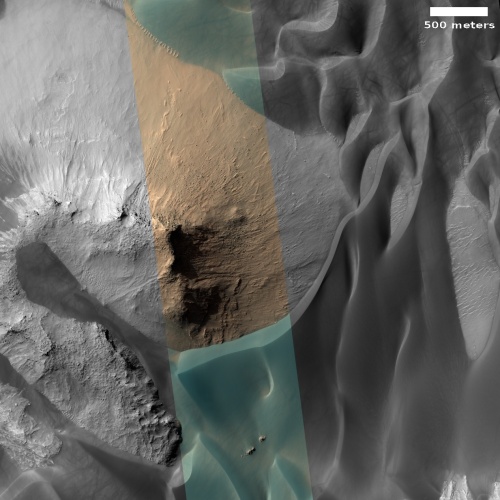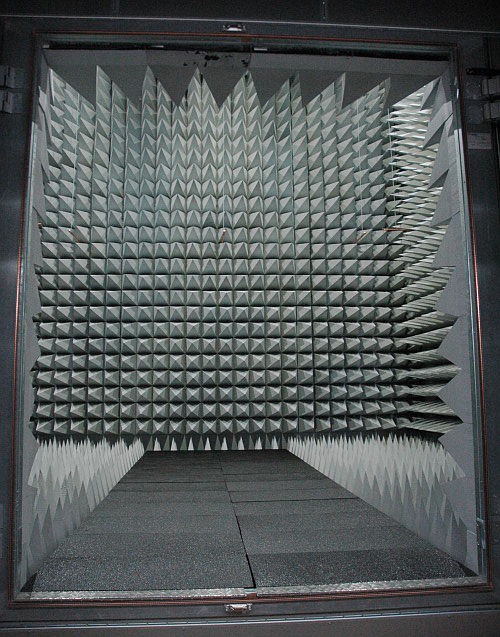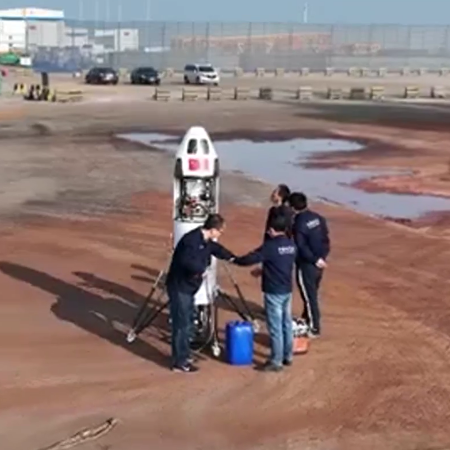Weird surface cracking in the Martian northern lowland plains
Cool image time! The picture to the right, cropped, reduced, and enhanced to post here, was taken on January 15, 2023 by the high resolution camera on Mars Reconnaissance Orbiter (MRO). The picture was simply labeled “Channel-like feature”, which hardly describes this strange terrain.
Apparently a mantle of surface material has covered and filled an ancient east-west channel. That surface material however has since cracked along the edges of that channel as well along its length. The cracks suggest that the material in the channel is moving downhill slowly, cracking along the cliff walls while also being pulled apart to form the north-south cracks.
My regular readers will I think be able to guess what is going on here, but if you can’t, the overview map below will help explain this.
» Read more
Cool image time! The picture to the right, cropped, reduced, and enhanced to post here, was taken on January 15, 2023 by the high resolution camera on Mars Reconnaissance Orbiter (MRO). The picture was simply labeled “Channel-like feature”, which hardly describes this strange terrain.
Apparently a mantle of surface material has covered and filled an ancient east-west channel. That surface material however has since cracked along the edges of that channel as well along its length. The cracks suggest that the material in the channel is moving downhill slowly, cracking along the cliff walls while also being pulled apart to form the north-south cracks.
My regular readers will I think be able to guess what is going on here, but if you can’t, the overview map below will help explain this.
» Read more



